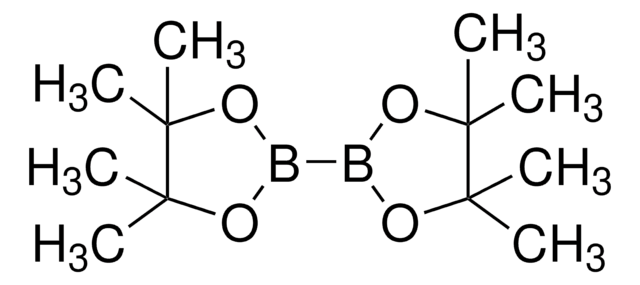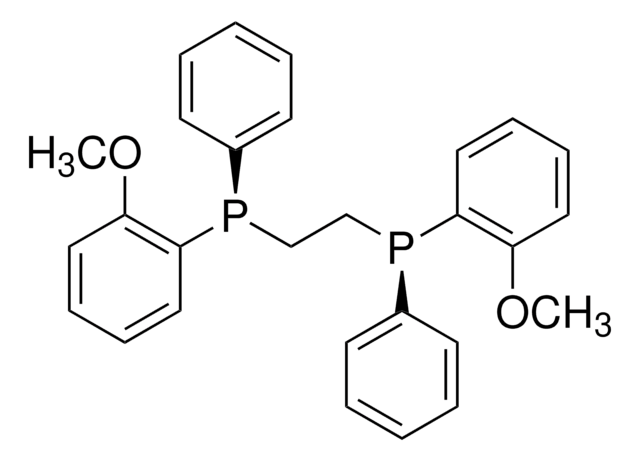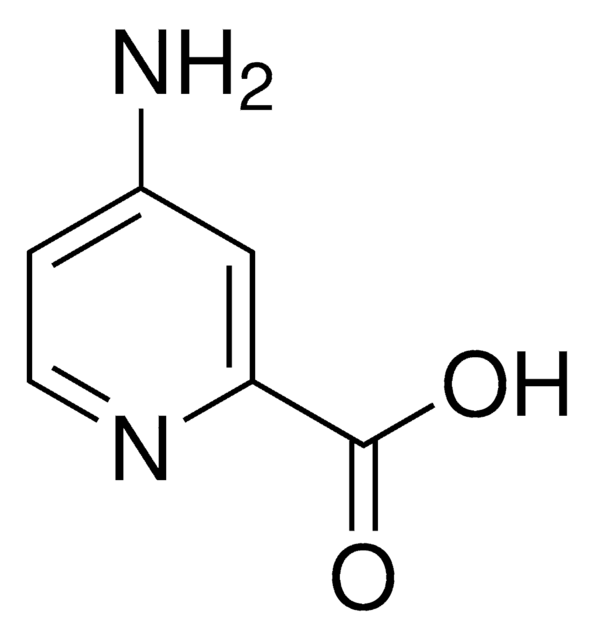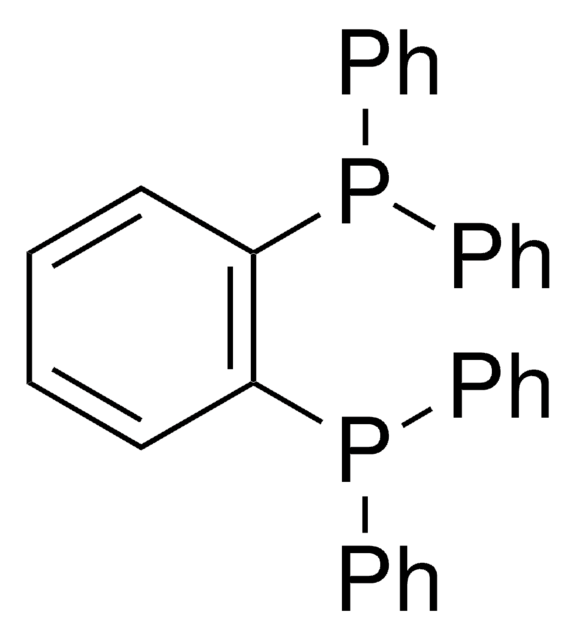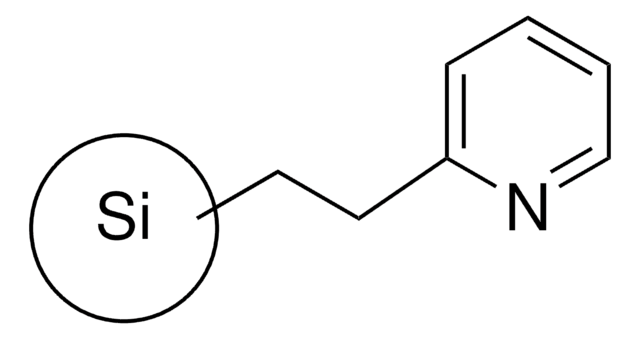745901
PBTTPD
Synonym(s):
Poly[[5-(2-ethylhexyl)-5,6-dihydro-4,6-dioxo-4H-thieno[3,4-c]pyrrole-1,3-diyl](4,4′-didodecyl[2,2′-bithiophene]-5,5′-diyl)]
About This Item
Recommended Products
description
Band gap: 1.82 eV
form
solid
mol wt
average Mn 3,500-20,000 g/mol
λmax
572 nm (thin film)
Orbital energy
HOMO -5.56 eV
LUMO -3.1 eV
PDI
1.2‑2.5
General description
LUMO: -3.10 eV
UV absorption: λmax = 572 nm;Eg = 1.82 eV
Solubility: This polymer can be dissolved easily in hot chloroform;hot chlorobenzene;hot dichlorobenzene
Application
- High-Efficiency Organic Solar Cells (OPVs)
- Power conversion efficiency (PCE): 7.3%
- Open circuit voltage (Voc): 0.92 V
- Short circuit current density (Jsc): 13.1 mA/cm2
- Fill factor (FF): 0.61
Storage Class Code
11 - Combustible Solids
WGK
WGK 3
Flash Point(F)
Not applicable
Flash Point(C)
Not applicable
Choose from one of the most recent versions:
Certificates of Analysis (COA)
Don't see the Right Version?
If you require a particular version, you can look up a specific certificate by the Lot or Batch number.
Already Own This Product?
Find documentation for the products that you have recently purchased in the Document Library.
Articles
The development of high-performance conjugated organic molecules and polymers has received widespread attention in industrial and academic research.
Professor Chen (Nankai University, China) and his team explain the strategies behind their recent record-breaking organic solar cells, reaching a power conversion efficiency of 17.3%.
Our team of scientists has experience in all areas of research including Life Science, Material Science, Chemical Synthesis, Chromatography, Analytical and many others.
Contact Technical Service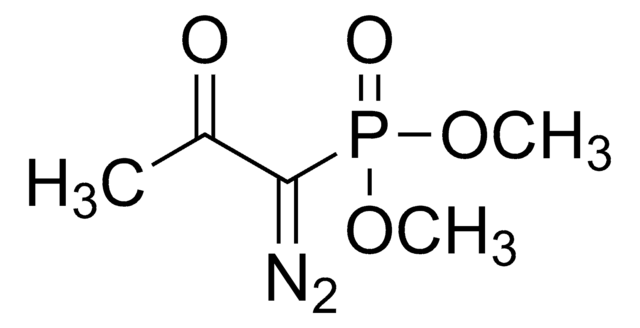
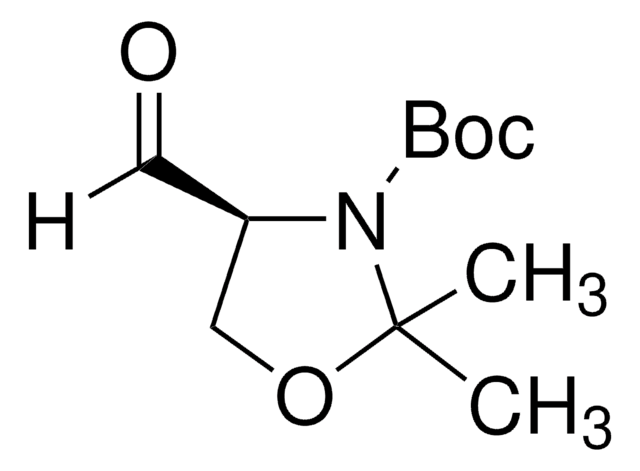
![[1,1′-Bis(diphenylphosphino)ferrocene]dichloropalladium(II)](/deepweb/assets/sigmaaldrich/product/structures/130/734/8846aa26-1858-458a-998d-8c306c13bf0f/640/8846aa26-1858-458a-998d-8c306c13bf0f.png)
![[1,1′-Bis(diphenylphosphino)ferrocene]dichloropalladium(II), complex with dichloromethane](/deepweb/assets/sigmaaldrich/product/structures/825/986/4317978b-1256-4c82-ab74-6a6a3ef948b1/640/4317978b-1256-4c82-ab74-6a6a3ef948b1.png)
